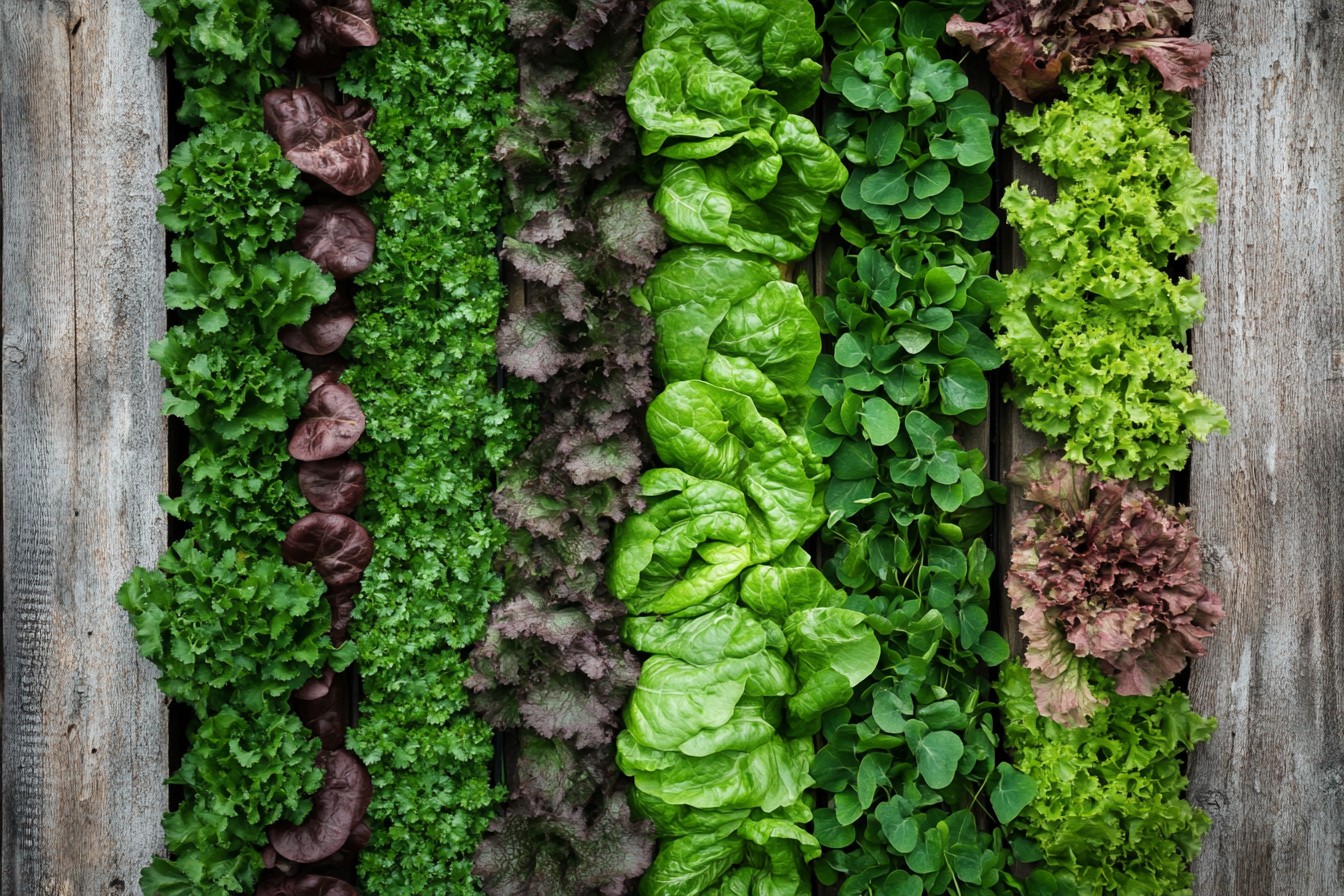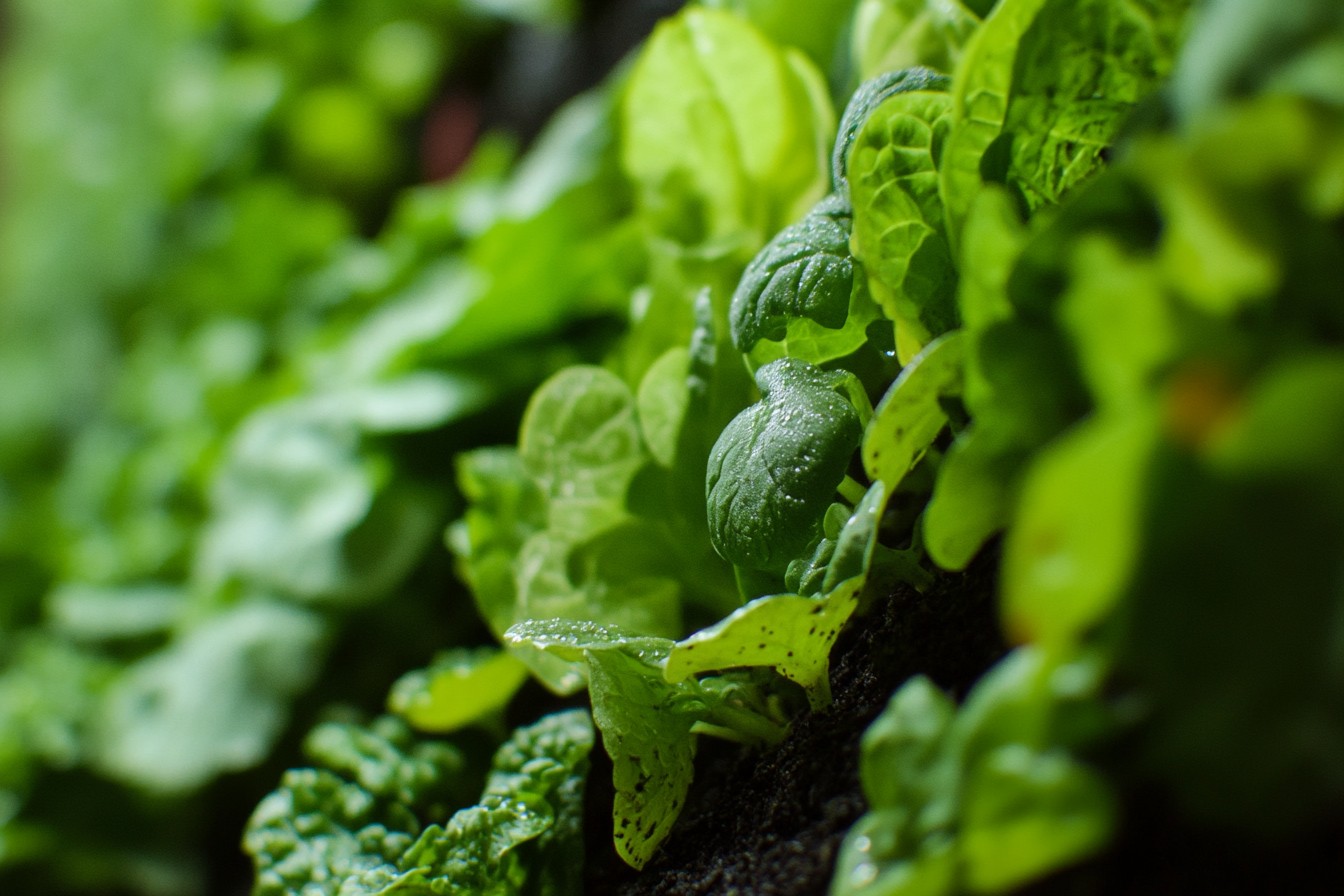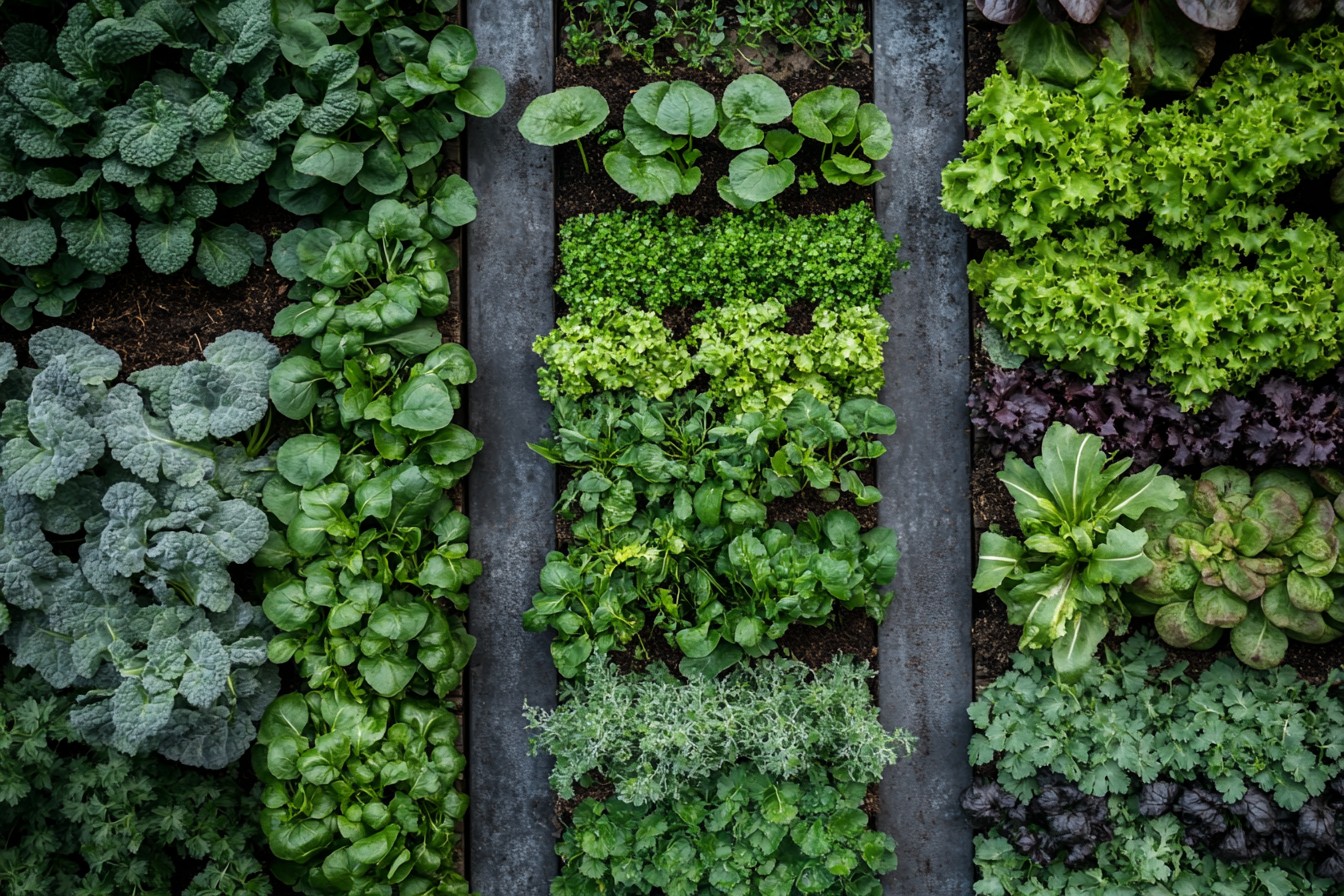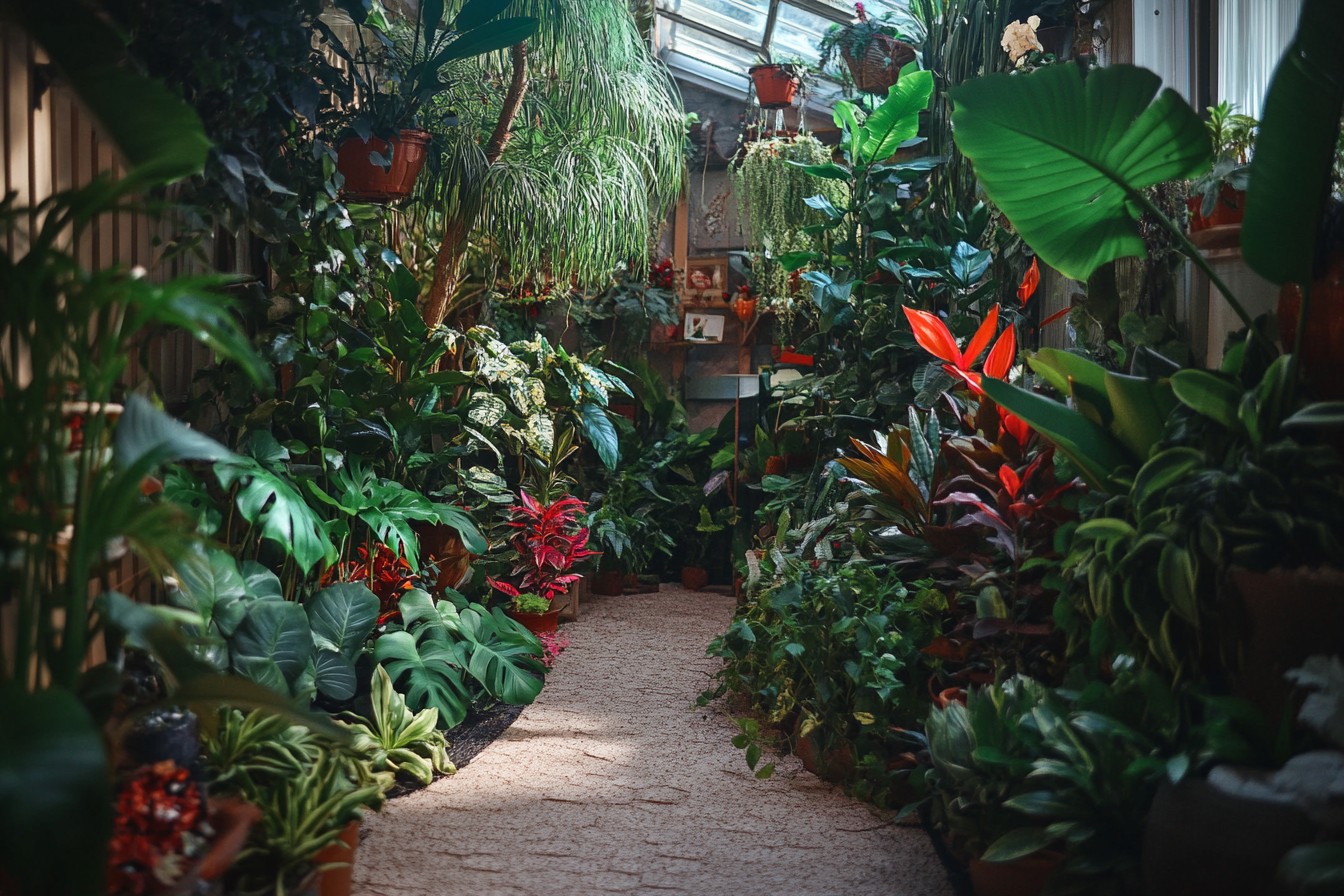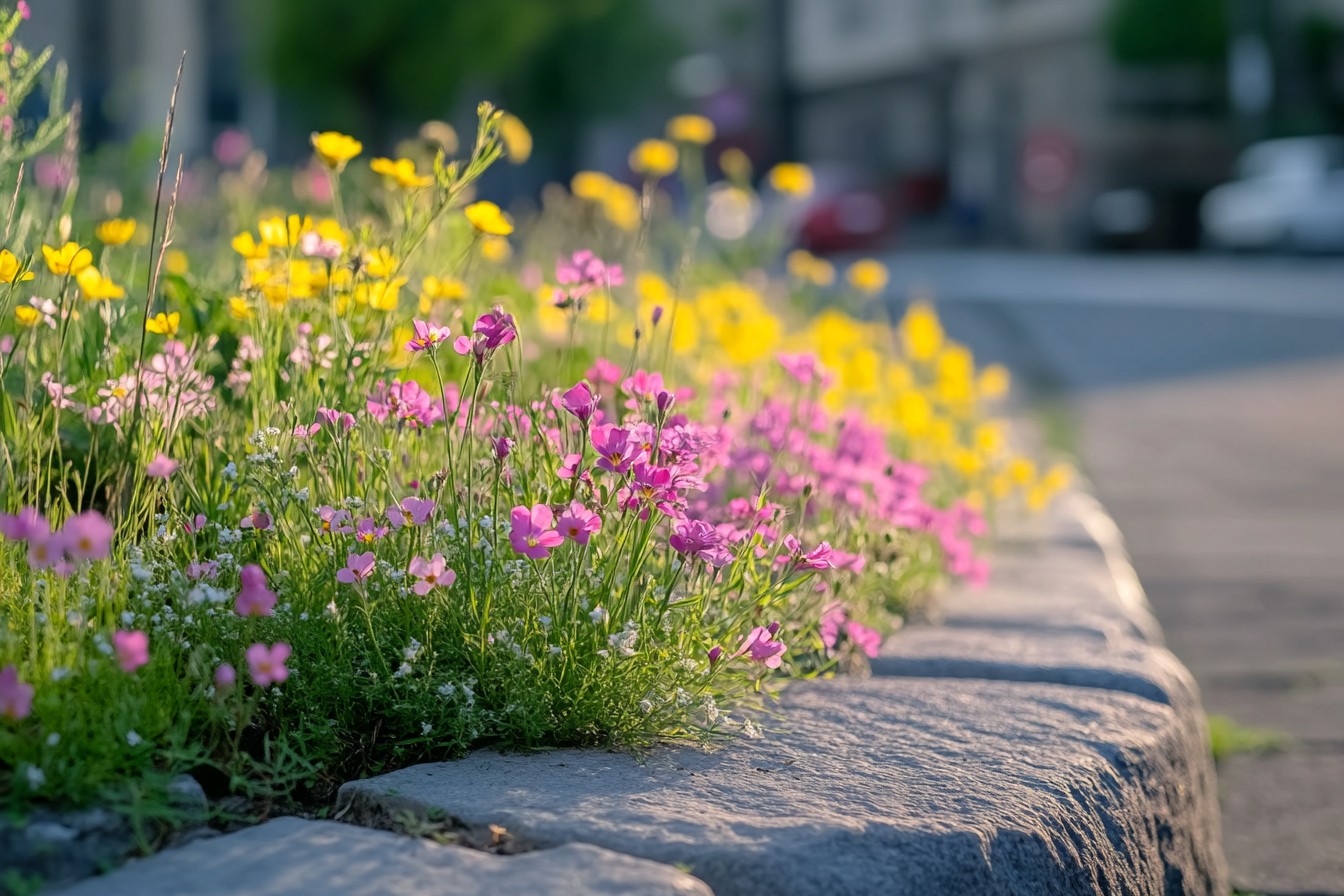I killed my first vertical garden in exactly 9 months and 13 days. Not that I was counting or anything. One day I had this gorgeous living wall of strawberries, lettuce, and herbs, and the next I was staring at a sad collection of yellowing, wilting plants that looked like they were auditioning for roles in a plant zombie apocalypse movie.
The strawberries had some kind of fungus. The basil had weird spots. The soil smelled…
wrong. Just wrong in that way that makes your nose wrinkle and your gardening confidence shrivel up like a forgotten cucumber in the back of the fridge. In typical me fashion, I didn’t just accept defeat and move on to easier hobbies like, I don’t know, stamp collecting or watching paint dry.
Nope. I spent three bleary-eyed nights researching plant pathology and soil science, which—let me tell you—is super fun party conversation material. “Hey, wanna hear about beneficial nematodes and mycorrhizal networks?” is apparently not a great opening line at social gatherings.
Who knew? Turns out, I’d made the rookie mistake of thinking vertical gardens somehow operated under different rules than regular gardens. Like somehow, because the plants were arranged in a cool wall system that impressed my friends and confused my mother (“So…
you’re growing plants… on the wall? On purpose?”), they were magically immune to the basic principles of soil health and plant rotation.
Spoiler alert: they are not. My second vertical garden attempt started with a completely new approach. I drew up an embarrassingly complex chart on my living room wall that mapped out every pocket of my vertical garden system.
My neighbor Dave, who stopped by to borrow a cup of sugar and instead got trapped in a 47-minute lecture about crop families, now refers to it as “The Beautiful Mind wall.” I’m choosing to take that as a compliment. The system I developed isn’t complicated, despite what Dave thinks. It’s just methodical.
Each pocket in my vertical garden gets assigned to one of five groups: leafy greens, fruiting plants, root vegetables, herbs, or soil builders. And then—this is the important part—I created a rotation schedule where no plant family occupies the same pocket for at least three cycles. Here’s how it actually works in practice.
Let’s take pocket #14 (yes, they’re numbered, and no, I won’t apologize for my organizational systems). In spring, it might host spinach (leafy green). After harvest, I’d replace the top 2-3 inches of soil, add a sprinkle of worm castings from my vermicomposting bin, and then plant a cherry tomato (fruiting plant).
Once that’s done producing, I’d do another partial soil refresh and plant radishes (root vegetable). After the radishes, maybe some cilantro (herb), and then finally a round of clover (soil builder) that I’d eventually just turn into the soil before starting the whole dance over again with a different leafy green. The first hurdle was tracking it all.
I started with a paper chart, which promptly got soaked during an overzealous watering session and turned into a soggy, illegible mess. Technology to the rescue—I created a spreadsheet color-coded by plant family with each pocket’s planting history. My sister Lisa saw it and said it looked like “the world’s nerdiest quilt pattern.” Again, taking that as a compliment.
The real magic happens in the soil refreshment stage between plantings. I used to completely replace all the soil, which was expensive, wasteful, and involved me making awkward apologies to my downstairs neighbors about the mysterious dirt raining down from above. Now I just remove the top portion where most of the roots were, add fresh compost, and mix in specific amendments based on what’s coming next in the rotation.
For example, if pocket #23 is transitioning from a heavy-feeding tomato to nitrogen-fixing peas, I add extra calcium and cut back on the nitrogen. If it’s going from herbs to leafy greens, I boost the nitrogen and make sure the pH is slightly acidic. I keep a ridiculous collection of little labeled soil amendment containers that my girlfriend has described as “what a serial killer’s shelf would look like if they were really into gardening instead of, you know, serial killing.” It’s specific, I’ll give her that.
The soil builder phase was something I added after year two, when I noticed some pockets were just getting tired despite my rotation efforts. Now, at least once a year, each pocket gets a round of cover crops—usually clover, buckwheat, or alfalfa—that grow quickly, add organic matter, and improve soil structure. I let them grow until they’re about to flower, then chop them down and work them right back into the soil.
My plants get a fresh organic matter buffet, and beneficial microbes get a cozy new home. Everybody wins. Watering presented its own challenge in this rotation system.
Different plants have different needs, and when you’ve got 37 pockets potentially containing five different types of crops, you can’t just hose down the whole thing and call it a day. I installed a drip irrigation system with adjustable emitters at each pocket, controlled by a timer system that would make NASA proud. Zones, people.
It’s all about irrigation zones. Disease management got a whole lot easier once the rotation system was in place. That weird fungus that wiped out my strawberries?
Haven’t seen it since. Turns out, when you don’t plant the same family in the same soil year after year, pathogens specific to those plants don’t get a chance to build up to critical levels. Revolutionary concept, I know.
Only took me one completely dead wall garden to figure it out. There have been failures along the way, naturally. Like the Great Root Vegetable Miscalculation of 2021, when I decided that yes, sweet potatoes could definitely grow in an 8-inch deep pocket.
They cannot. Or at least, they can’t without breaking through the back of your garden system and attempting to colonize the actual wall behind it, which my landlord Terry was surprisingly chill about. “At least it’s not water damage this time,” he said, which is fair.
The pest challenges in a vertical setting are different too. On the plus side, slugs rarely make the vertical journey up seven feet of wall to munch on my lettuce. On the minus side, my garden became a high-rise apartment complex for aphids one summer, requiring me to release so many ladybugs in my apartment that I was finding them in my cereal for weeks afterward.
Worth it though. Seasonal transitions require their own special planning in this system. Chicago winters mean my outdoor vertical garden gets completely dismantled and brought inside each fall.
The indoor version is smaller, with grow lights and a modified rotation that favors compact plants. Winter is heavy on the herbs and leafy greens, with fruiting plants limited to compact varieties like tiny peppers and miniature tomatoes that don’t mind the reduced light conditions. After four years of tweaking this system, I’ve gotten to where each pocket produces at least four different crops annually, with better yields and healthier plants than I ever managed before.
The rotation map looks intimidatingly complex to visitors—all color-coded cells and planting dates and soil amendment notes—but the actual execution has become second nature. Monday means checking pockets 1-10 for harvest readiness and rotation needs. Thursday is 11-20, and so on.
The unexpected benefit of all this ridiculous over-planning? I haven’t bought salad greens in three years. My herbs are prolific enough that I’ve become the neighborhood herb dealer, handing out little baggies of rosemary and thyme like some kind of culinary pusher.
“First bag’s free, but you’ll be back” is my standard line, delivered with what I’m told is “unsettling enthusiasm.”
For anyone looking to implement a rotation system in their own vertical garden, start simpler than I did. Group your plant families, create a basic schedule, and just make sure nothing from the same family follows itself. Track it however works for your brain—a notebook, a spreadsheet, a series of color-coded string connecting photos on your wall (though this last one might concern your roommates or significant others).
Most importantly, recognize that soil, even in a fancy vertical configuration, is a living ecosystem that needs diversity and rest to thrive. My current vertical garden is heading into its fifth year, using mostly the same soil I started with (albeit constantly refreshed and amended), and producing more food than I can actually eat. Which reminds me, anyone want some kale?
I’ve got about four pounds that’ll be ready by Tuesday, and my freezer is already full from the last harvest. Seriously, please take some. I might have gotten a little carried away with pocket #29’s rotation schedule.

